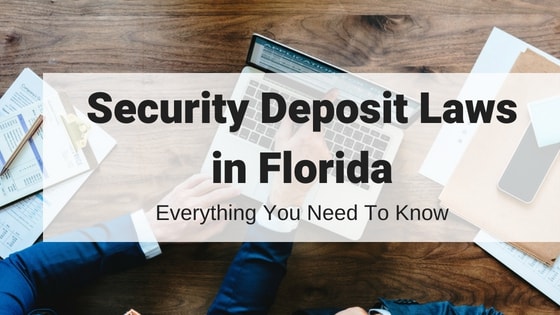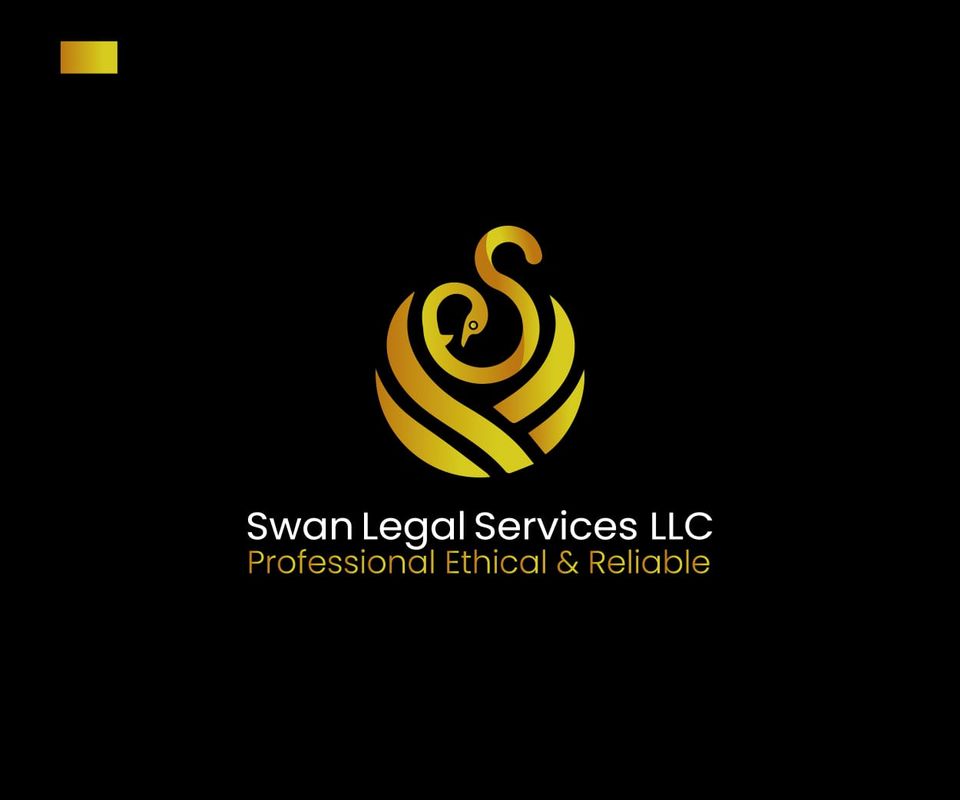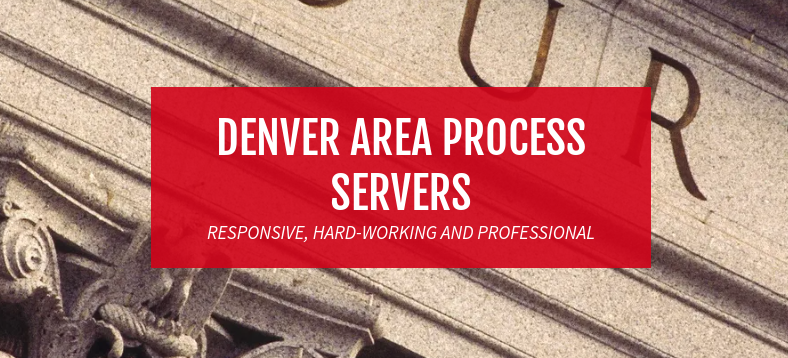Florida Security Deposit Law
Florida Security Deposit Law
It is always important to require tenants to put down a security deposit prior to move-in. It is equally as important to understand the security deposit laws that apply specifically to the state of Florida. In addition, the city or town where your property is located may have laws that differ slightly from the laws that apply to Florida as a whole, so you should always check with your local government to make sure you are adhering to the proper rules.
Is There a Security Deposit Limit in Florida?
In the state of Florida, there is no limit on the amount of security deposit you can charge. The more you charge, however, the more you are limiting your prospective tenant pool. There is really no need to charge more than one and a half or two months’ rent. This amount will help protect you against potential damage, eviction and vacancy costs.
How Must You Store the Security Deposit in Florida?
The state of Florida allows you a few different options when storing a tenant’s security deposit. You can do one of three things:
- Non-Interest Bearing Account– The landlord has the option of placing the tenant’s security deposit in a non-interest bearing bank account in the state of Florida. The landlord must not commingle the money with any other funds or use any of the money before it is actually due to him or her.
- Interest Bearing Account– The landlord has the option of placing the tenant’s security deposit in an interest bearing bank account in the state of Florida. The landlord is required to pay the tenant the interest accumulated on the account annually and at the end of the lease term. (The landlord can elect to pay the tenant at least 75% of the annualized interest or simple interest of 5%). The interest can be paid directly to the tenant or the interest can be credited back to the tenant in the form of rent. The landlord must not commingle the money with any other funds or use any of the money before it is actually due to him or her. If the tenant breaks their lease, no interest is due to the tenant.
- Surety Bond– The landlord can post a surety bond for the amount of the security deposit, or $50,000, whichever is less. The surety bond must be posted in the county where the rental property is located. A surety bond is meant to protect the obligee if the principal does not fulfill their obligations. In this case, the tenant is the obligee and the landlord is the principal. The landlord must also pay the tenant five percent interest annually on the bond.
 Is Written Notice Required After Receipt of the Security Deposit in Florida?
Is Written Notice Required After Receipt of the Security Deposit in Florida?
Yes. A landlord is required to notify the tenant in writing no more than 30 days after receipt of the security deposit. The notice shall state:
- A. The name and address of the bank or institution where the security deposit is being held.
- B. If the tenant’s funds are being kept separate or if they are being commingled with other funds for the benefit of the tenant
- C. The interest rate at which the security deposit is being held (if it is being held in an interest bearing account)
- D. This notice can be delivered by mail or in person.
In addition, if the landlord changes the location or the terms at which the security deposit is being held, he or she must again notify the tenant in writing within 30 days.
What Are Some Reasons You Can Keep a Tenant’s Security Deposit in Florida?
In Florida, landlords may be able to make deductions from the security deposit to cover unpaid rent, damage to the apartment in excess of normal wear and tear and other violations of the lease agreement.
Is a Walk Through Inspection Required in Florida?
No, in the state of Florida, a landlord is not required to do a walk through inspection prior to move out. Most States this is the Same. – BUT YOU SHOULD TAKE FULL PICTURES OF THE UNIT, DATE AND TIME STAMPED
WALK EACH ROOM AND TAKE NOTES, AND HAVE THE MOVE IN PICTURES READY TO SHOW THE CONDITION WHEN YOU MOVED IN IT WAS CLEAN AND AT TIMES BETTER THEN WHEN YOU MOVE OUT!
THE SECURITY IS NOT THE OWNERS OR LANDLORDS RIGHT TO KEEP
When Must You Return a Tenant’s Security Deposit in Florida?
If you plan to return the security deposit in full:
You must return the security deposit within 15 days of termination of lease along with any interest the tenant has earned on the security deposit.
If you plan to keep a portion of the security deposit:
You have 30 days from the termination of lease to notify the tenant in writing of your intention to keep a portion of their security deposit. You must:
- A. Send this notice by certified mail to the address you have on file for the tenant. It is the tenant’s responsibility to provide you with a forwarding address. If they do not, the landlord is not required to provide them with written notice of the security deposit.
- B. State your intention to keep a portion or all of the security deposit and list the reasons why
- C. Inform the tenant they have 15 days from receipt of this letter to contest it, but they must contest it in writing.
The Florida Statute suggests using a statement similar to this one:
“This is a notice of my intention to impose a claim for damages in the amount of ___ upon your security deposit, due to___ . It is sent to you as required by s. 83.49(3), Florida Statutes. You are hereby notified that you must object in writing to this deduction from your security deposit within 15 days from the time you receive this notice or I will be authorized to deduct my claim from your security deposit. Your objection must be sent to (landlord’s address) .”
If you, the landlord, fail to notify the tenant in writing within 30 days, you automatically forfeit your right to keep any portion of the security deposit.
If the tenant does not object to your claim on the security deposit:
You can deduct the amount you had claimed and then return the remainder of the security deposit to the tenant within 30 days of your initial written notice.
If the tenant does object to your claim:
The matter could go to court. Whichever party wins will be entitled to the court awarded sum, plus will be allowed to recover court costs and attorney fees from the losing party.
What Happens to the Security Deposit If You Sell Your Property?
If you sell your rental property, it is your responsibility to transfer the security deposits and any interest earned to the new buyer. A written receipt must also be creating showing the amount that has been transferred. You will then be relieved of any responsibility for holding the money on the tenant’s behalf. If you did violate any security terms before the transfer, you will still be held responsible for those violations.
What is Florida’s Security Deposit Law?
For the original text of the rule garnering security deposits in Florida, please consult Statute 83.49 which refers to the deposit of money or advanced rent in residential tenancies.
Tags: Eviction Information, Florida Eviction Articles, Security Deposits


















